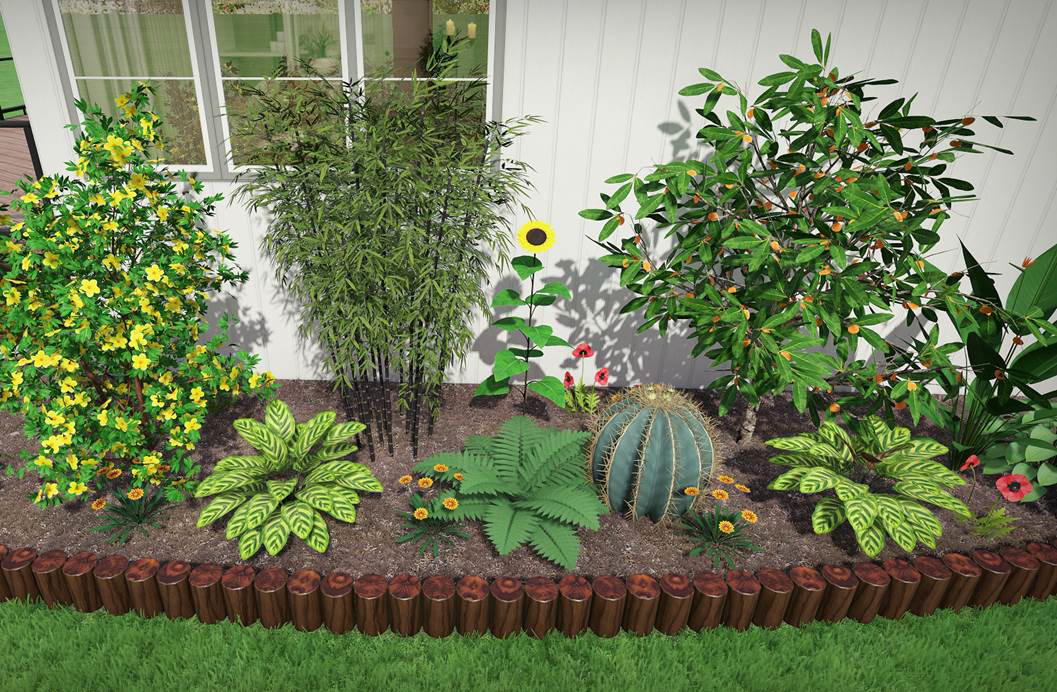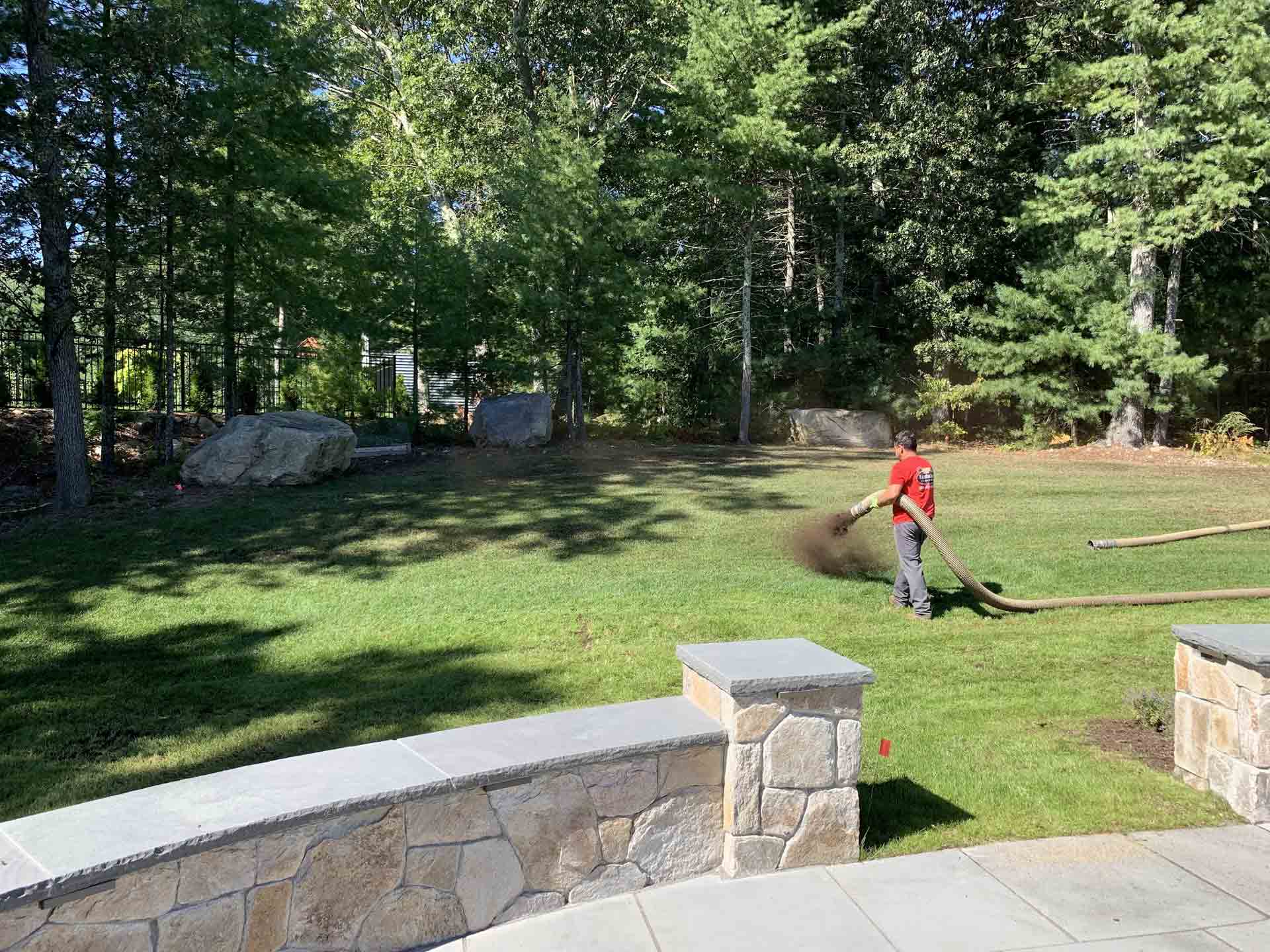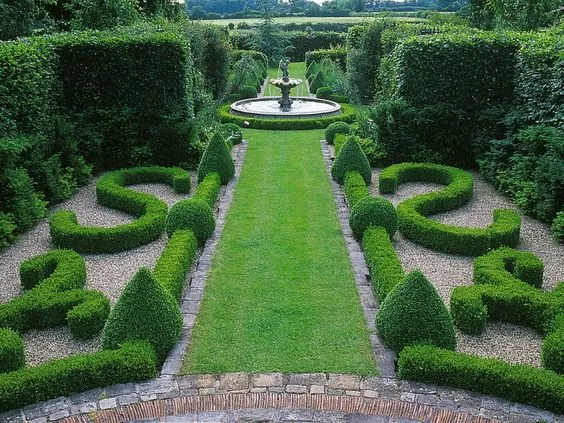Not known Incorrect Statements About Landscapers
Not known Incorrect Statements About Landscapers
Blog Article
Unknown Facts About Landscapers
Table of ContentsThe smart Trick of Landscapers That Nobody is Talking AboutThe Buzz on LandscapersLandscapers - TruthsLandscapers - Truths3 Easy Facts About Landscapers Described
In the PNW there are semi-deciduous or semi-evergreen plants that may lose their fallen leaves depending on how cold the winter months is. - A flat celebration area, made of timber or composite material (made to look like wood), usually nearby or attached to a framework.

- Granite that is weathered to the point that it is an extremely fine aggregate. This is an all-natural process, and the outcome can be utilized for paths and patios. Broken down granite is commonly referred to as DG. It is especially valuable in contemporary landscapes. - Key landscape features being recommended in a landscape design strategy.
Rumored Buzz on Landscapers
These goals lead the layout process, not the designer's design or preferences. Usual design purposes in Portland are reduced maintenance, drought tolerant, and animal friendly. - Process for getting rid of or thinning the dead lower degree of a fully grown yard. Thatch is grass that has died and accumulated listed below the environment-friendly blades.
Over time this layer can get extremely thick and make it difficult for water, sun, and nutrients to obtain to sections of the turf.- The process of accumulating and managing the circulation of water on a home. This can be made with grading, French drains pipes, dry wells, absorptive surfaces, sump pump, rainfall yards, and more.
- A slow-moving feeding watering system that uses versatile tubes and emitters to send out an exact amount of water to each plant. - The ability of a plant to survive without much summer water.
- A garden attribute where water is represented by an accumulated stone item, generally a crushed rock or granite. These are most commonly located in modern-day and Japanese yard design.- A stone or natural flagstone patio area, path, or walkway built without a concrete base. The base would certainly be compacted gravel and the joints would certainly be an aggregate or walkable ground cover.
Landscapers Fundamentals Explained
- A stone retaining or cost-free standing wall surface built without the usage of mortar. An extremely experienced mason is required for a completely dry stack stone wall surface. Most wall surfaces in Portland are not completely dry piled, even if they seem. - A below ground framework that accumulate water and enables it to slow down percolate into the dirt around it.
Landscape design that works with a websites' environment in both look and sustainability without adverse impacts to the setting. Interrupting the landscape is a line of demarcation that develops visual interest in the garden by dividing one sector from one more segment. This can be visual or practical, keeping one element (such as pea crushed rock) from obtaining mixed right into one more (like bark dust).
Locations can additionally have a sensation of "enclosure" offered by trees, various other growings, fencings, or screens. The landscape near the access to a structure.
A plant that is not native to the location where it will certainly be grown. Thicker bladed lawn yard that spread using rhizomes.: The degree of dirt on your residential or commercial property prior to bark dust or garden compost is spread out.
The 7-Minute Rule for Landscapers

The function, reason, or action that a location is be landscaped for. Space for growing plants for seeing, eating, or physical activity.
Rock item, either rounded or fractured, that is relatively tiny- usually 1" or much less. Reduced plants that are allowed or motivated to spread over an area. Can refer to any type of "tough" yard elements including statuary or boulders but a lot of generally is utilized to describe courses, outdoor patios, and walls.: Height distinction in between the level of water in a fish pond (or the degree of the pump if it sits outside the fish pond) and the upper find more info outlet of water which influences performance of the water pump in gph (gallons per hour). Thick shrubs or trees that develop a fence, screen, or boundary.

How Landscapers can Save You Time, Stress, and Money.
Traditional PNW landscapes are casual. A plant that spreads more than desired, or right into environments where it does damage.
Can consist of head positionings and protection, pipe sizing, GPM specifications, and materials needed to mount this system. Accredited specialist that designs landscapes, schooled in engineering and style as well as in gardening.
The specialist that plans and creates landscape jobs, typically at a residential or small business degree with the significant design impetus on growings. Landscape visit developers typically have less education than Landscape Architects and are not accredited. A completed landscape design, outlining all elements for the new landscape. This typically takes the kind of an illustration theoretically.
Calcium product used to visit this page increase the pH in soil, which will certainly make it less congenial to moss. A water limited HDPE material utilized below ponds, streams and waterfalls in water attributes. Utilizing several growings of the exact same selection to complete a location in the landscape. This can lower upkeep and water usage in the yard.
Report this page